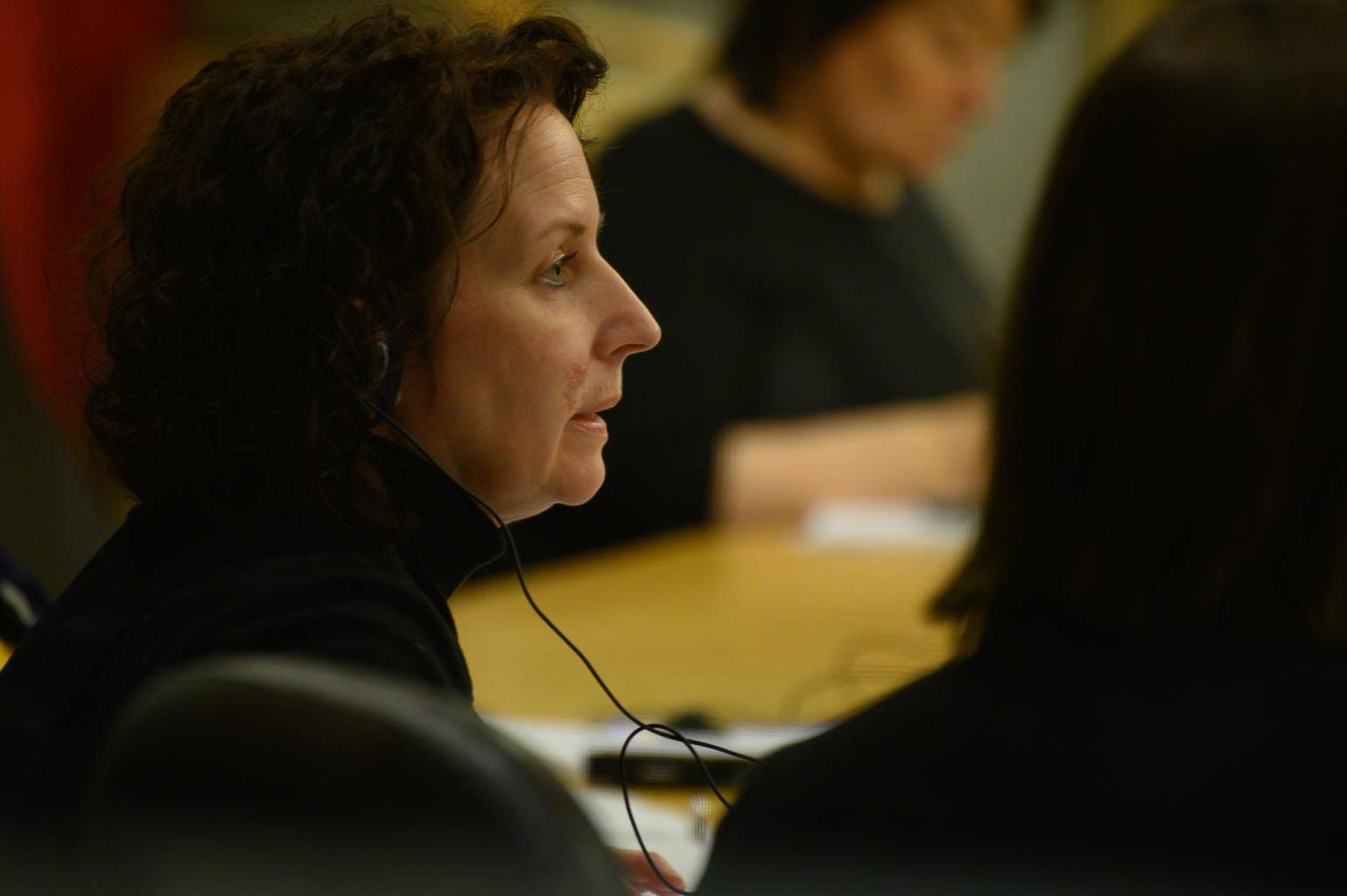Child sex abuse in Nunavut at a ‘crisis’ level, advocate says
Even without cases being properly tracked, the numbers are ‘shocking,’ says territory’s children and youth representative.

High rates and inaccurate tracking of sexual abuse against children, as well as a lack of accountability within Government of Nunavut departments were discussed in the legislative assembly last week as MLAs questioned the territory’s children and youth representative on a recent report.
Of 625 registered sex offenders in Nunavut, 70 percent have acted against children, according to the Representative for Children and Youth’s 2019-20 Annual Report, the most recent one published by her office.
Jane Bates, the representative, called the numbers “shocking” while answering questions about her findings during a committee hearing in the legislative assembly on June 21 and 22. As representative for children and youth, Bates is responsible for ensuring the Government of Nunavut provides ethical, equitable and consistent services to young Nunavummiut and their families, her office’s website says.
MLA Adam Lightstone, a member of the committee reviewing Bates’ report, asked her at what point the levels of violence and sexual abuse against children in the territory is considered a crisis.
Bates said it already is at a crisis level.
In her report, Bates said she was not only shocked by the prevalence of violence and physical and sexual abuse against children in the territory but by these incidents not being counted.
“Family Services has admitted these occurrences were not being tracked consistently,” she said in the legislature.
Bates referenced a statement Family Services Minister Elisapee Sheutiapik made in March 2020, when she said the department gets about two calls per week about child sexual abuse.
“That means any year, Family Services is receiving approximately 104 reports of child sexual abuse,” Bates said, adding that the actual numbers aren’t known because they aren’t actually tracked.
The Government of Nunavut’s lack of tracking of basic information about services for young people was something her office learned while collecting information from GN departments to create the annual report, Bates said.
“It took my staff many hours to sift through, decipher, and clarify what was provided,” she said.
Bates said the first step to tackling the issue is having an accurate understanding of how big the problem is.
“There needs to be a community understanding and acknowledgment that child abuse is occurring,” she said.
Bates said departments have been aware of many issues in the report for years with “little or no” action being taken.
In the report, Bates — who has held her role for two years — said some GN employees aren’t held accountable. She called for actions to be taken.
“Many staff at all levels are not following policy, procedure, and legislation,” Bates said during the hearing.
For example, she said required documentation isn’t being done by Family Services employees.
“This is not a one-off instance,” Bates said. “We see it at all levels.”
Another example Bates gave is families not being informed of their rights and plans of care not being created, which is the law.
Plans of care are written agreements between parents and the department that outline a plan to keep a child safe when a youth or family needs support, but there’s no serious concern for the child’s safety or well-being.
They give families the chance to resolve issues themselves before having to go to court, according to the GN.
Bates said her office often hears the issue is a lack of staff, but even if positions are filled, not everyone is following policies.
Yvonne Niego, the deputy minister of Family Services, noted gaps across the department including high staff turnover and burnout-level workloads for social workers.
But she said progress is being made, such as creating the family wellness division, and reorganizing senior managers and staff to balance workloads and “strengthen supervision” and communication.
A new critical incident database, a quality assurance team and a new phone number for child welfare-related calls are other improvements Niego listed.
In terms of solutions, Bates said mental health services, addiction treatment, and trauma counselling need to be taken into account, as well as historical trauma and “all the factors that contribute” to child abuse and neglect.”
She also said extended family and the larger community need to be included and considered.
“Keeping a family together cannot be prioritized over protecting a young person from abuse,” she said. “But it doesn’t mean that they have to be placed in the care of the director.”
Based on the discussions during the hearings, the committee will present recommendations in the legislature in the fall.